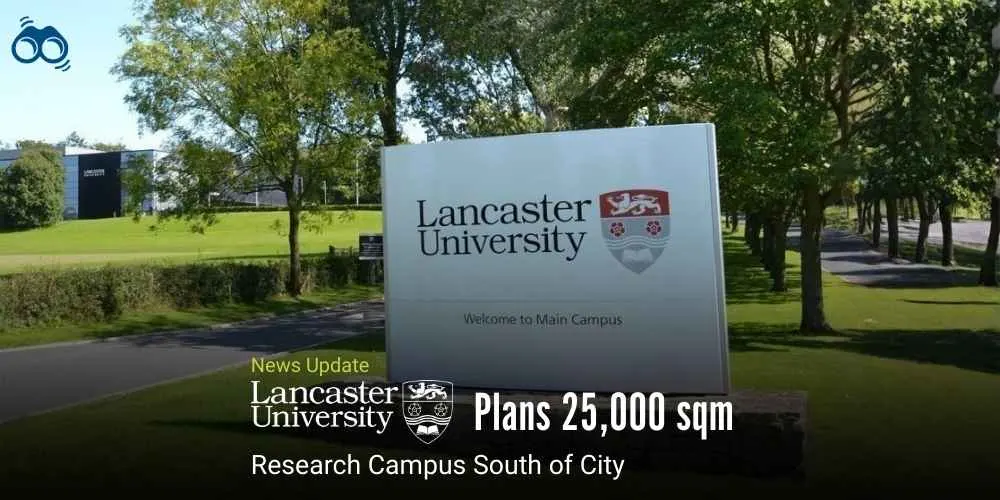Free Tuition Initiatives by U.S. Universities Aim to Combat Rising Education Cost
Higher Income Thresholds for Free Tuition Expected to Attract More Students
The data from the National Student Clearinghouse highlights a concerning trend in higher education enrollment. While there was a 3 per cent overall increase in undergraduate enrollment compared to 2023, a 5 per cent decline in freshman enrollment for the fall of 2024 suggests that U.S. colleges may face challenges in attracting new students. This marks the first significant drop in freshman class sizes since the COVID-19 pandemic, underscoring the need for institutions to examine and address the factors contributing to this decline to ensure continued growth and stability in higher education.
A major factor contributing to this decrease is the rising cost of tuition. Interestingly, colleges with a high percentage of Pell Grant recipients, and federal aid for low-income students are experiencing the largest drop in freshman enrollment. However, several U.S. universities have taken steps to address this issue by introducing or expanding free tuition programs for the upcoming school year. one notable example is the Massachusetts Institute of Technology (MIT), which has introduced a new policy offering free tuition to students from families earning up to $200,000 annually. This marks a significant increase from the previous cutoff of $140,000. Additionally, students from families with an income under $100,000 will benefit from MIT’s "zero parental contribution" policy, which means they will not be required to contribute toward fees, housing, or meal plans.
MIT stated that while students will still need to cover other college-related costs, they will receive an allowance for textbooks and expenses. It also noted that 80 per cent of U.S. families fall below the free tuition threshold, with half qualifying for zero parental contribution. Similarly, nine universities in the University of Texas System increased the free tuition threshold to $100,000, while Carnegie Mellon, St. John's College, and Brandeis University offer free tuition to students from families earning under $75,000.Additionally, Brandeis University will offer a 50 per cent discount on tuition for students from families with an income up to $200,000.
Despite the recent surge in free tuition programs, Shaan Patel, CEO of Prep Expert, noted that free tuition has been common at Ivy League and Ivy League Plus schools. He explained that previous tuition thresholds were too low, leaving many families still unable to afford costs, and clarified that Ivy League Plus refers to prestigious schools like MIT. Patel praised MIT for raising its threshold to $200,000, calling it a significant move, especially amidst rising inflation and living costs. He expressed hope that other universities would follow suit to help address the affordability crisis in U.S. higher education.
Higher-income thresholds for free tuition are expected to attract more students to apply, benefiting universities by broadening their pool of top talent. MIT President Sally Kornbluth emphasized the institution’s commitment to providing transformative education to talented students, regardless of financial background. Free tuition will also allow students to take more risks and pursue their passions without the burden of student loans, potentially leading more graduates to follow entrepreneurial paths. Free tuition could have long-term benefits beyond education, enabling students to achieve goals such as homeownership, purchasing a car, or starting a family, aspirations that have become more difficult due to student loan debt. Without significant student debt, individuals would be better positioned to take on other types of debt, such as a mortgage.
This reduction in student debt may help address the decline in homeownership among millennials and Generation Z. Additionally, parents of students attending college tuition-free could redirect the money previously spent on tuition into retirement savings, improving their financial future. These changes would bring significant benefits to students and also to universities. While MIT’s zero parental contribution option will be highly beneficial for students from families with annual incomes under $100,000, it will not cover all costs associated with attending college. Students will still need to pay for textbooks, additional fees, and living expenses like rent, food, and transportation. Even those who qualify for free tuition programs must continue to seek out other forms of financial support, such as private scholarships, public scholarships, and grants, to minimize the overall cost of their education.
Expanding free tuition programs and raising income thresholds can significantly alleviate the financial burden on students and families, ultimately fostering greater educational and societal benefits.
Editor's Note:
The expansion of free tuition programs and the increase in income thresholds at institutions like MIT and other universities are transformative steps toward making higher education more accessible. These initiatives significantly reduce the financial burden on students and their families, enabling students to focus on their studies and pursue their passions without the worry of debt. By providing these opportunities, universities are fostering a diverse and talented pool of future professionals and contributing to a society where education is a realistic goal for all, regardless of financial background.
Skoobuzz appreciates this forward-thinking approach, as it is vital for nurturing the next generation of innovators and leaders.














0 Comments (Please Login To Continue)